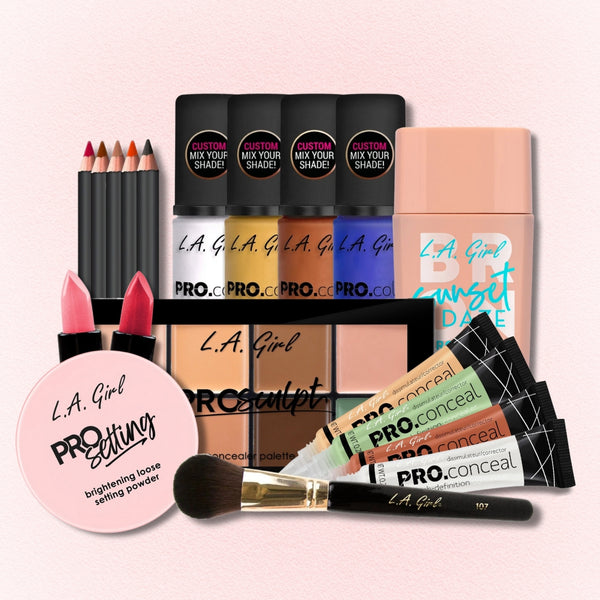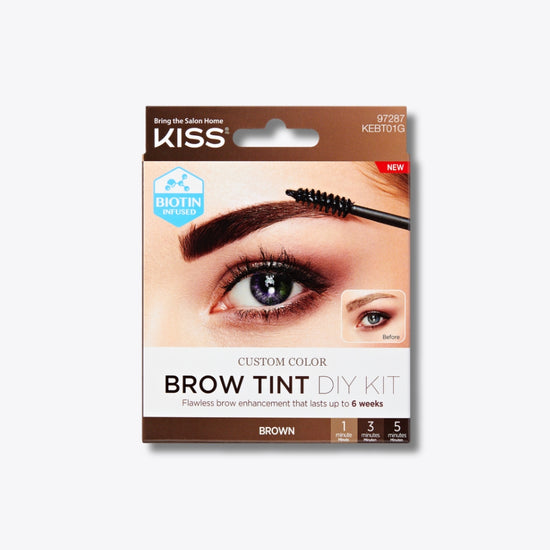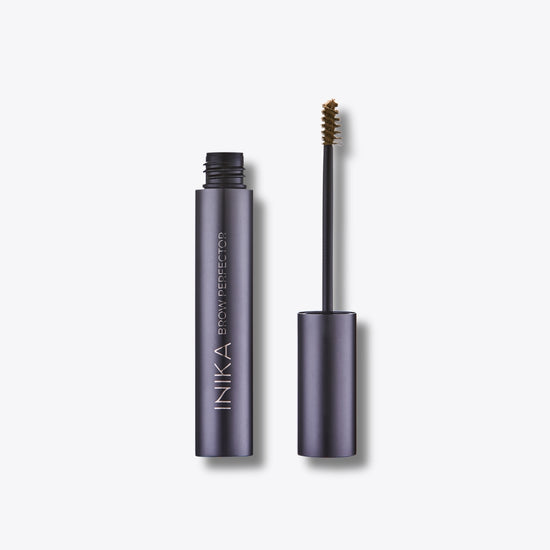From the black-coloured khol and brown henna based formulas used by Ancient Egyptians, to the turmeric-based pastes used by Indian women, and even their modern-day PPD, PTDS, and Silver Nitrate-based equivalents, our obsession with creating the perfect set of brows spans more than 5,000 years. Widely considered to be one of the earliest forms of makeup application, despite the subsequent inventions of eyebrow pencils, pens, and gels, as well as significant innovations in salon-based treatments like microblading, good old eyebrow dyes and tints remain as popular as ever today.
What exactly is eyebrow dye and eyebrow tint??
Modern-day DIY eyebrow dyes and tints are best described as semi-permanent, at-home cosmetics that can be used to darken, add colour, shape, and define your natural eyebrows. Typically supplied in two separate formulas (a liquid or cream dye and a liquid developer) that must be mixed before application, they offer a longer-lasting alternative to brow pencils and brow pomade, while circumventing the hassle and expense of in-salon eyebrow dyeing, microblading, and permanent makeup application.
What’s the difference between eyebrow dye and eyebrow tint?
Often used interchangeably, the terms ‘eyebrow dye’ and ‘eyebrow tint’ actually correspond to two different types of eyebrow colouring products, each of which has its own distinct characteristics. For example, eyebrow dye is a more permanent option and works by dyeing both the eyebrow hairs and the skin beneath them, which in turn helps fill in patchy or poorly defined natural brows. Meanwhile, with the exception of henna-based formulas, eyebrow tint is typically less permanent because it only colours the existing eyebrow hairs. Granted, it might leave some initial staining on the skin, but that usually just wipes away or wears off after a couple of days.
What are eyebrow dyes and tints made from?
Depending on the type of product, formulation, and brand, eyebrow dyes and tints are typically henna, PPD (Para-Phenylenediamine), PTDS (Para-Toluenediamine Sulfate), or silver nitrate-based. Meanwhile, the latter three require a liquid developer (the key to colour absorption), which is almost always composed of 1-6% hydrogen peroxide, and, depending on the brand and formulation, will likely contain additives such as water, cetearyl alcohol, phosphoric acid, sodium stannate, hydrogenated castor oil, and potassium phosphate.
What are the different types of eyebrow tint and dye?
Eyebrow dye – A more permanent alternative to regular eyebrow tint, eyebrow dye is designed to colour both your eyebrow hairs and the skin behind them. Generally consisting of a PPD, PTDS, or Silver Nitrate-based formula that requires mixing with a liquid developer prior to application, the dye typically lasts for 4-6 weeks on eyebrow hairs and 1-2 weeks on the skin behind them.
Eyebrow tint – Designed to colour your natural eyebrow hairs in isolation, eyebrow tint typically has a similar formulation to dye but works by temporarily tinting the hairs rather than dying them. Post-application, the tint gradually washes out, so results typically only last for 2-4 weeks, while tinting of the skin often just wipes away or fades within a couple of days.
Henna eyebrow tint – A natural, plant-based alternative to regular dye, henna comes in various shades of red and brown. Because it doesn’t require a liquid developer, it is easier to apply and safer to use. It’s a great option for those with sensitive skin or known allergies. However, it doesn’t naturally come in black, so products that are listed as a ‘black henna tint’ will have been mixed with additional pigments. Once applied, it typically lasts for 4-6 weeks, while the tinting of the skin beneath lasts for 1-2 weeks but may fade much quicker on oily skin.
Brow tint pen – Serving as a cross between an eyebrow tint and an eyebrow pen, brow tint pens contain liquid eyebrow tint and have a precision tip that allows you to easily build up a brow from nothing, fill in gaps, or layer up already healthy-looking brows with hair-like strokes. Although the result typically lasts longer than brow pens, with a best-case scenario of 48 hours, it falls far short of regular brow dyes and tints.
Mixable eyebrow dye – Originally developed for in-salon use, mixable eyebrow dyes such as the HD Brows Brow Dye range can be used to create custom colours. They are ideal if you can’t find a suitable off-the-shelf shade or would like to achieve a better colour match. Typically consisting of PPD, PTDS, or Silver Nitrate-based formulas, they have the same longevity as regular eyebrow dyes (4-6 weeks for hairs and 1-2 weeks for the skin behind them).



